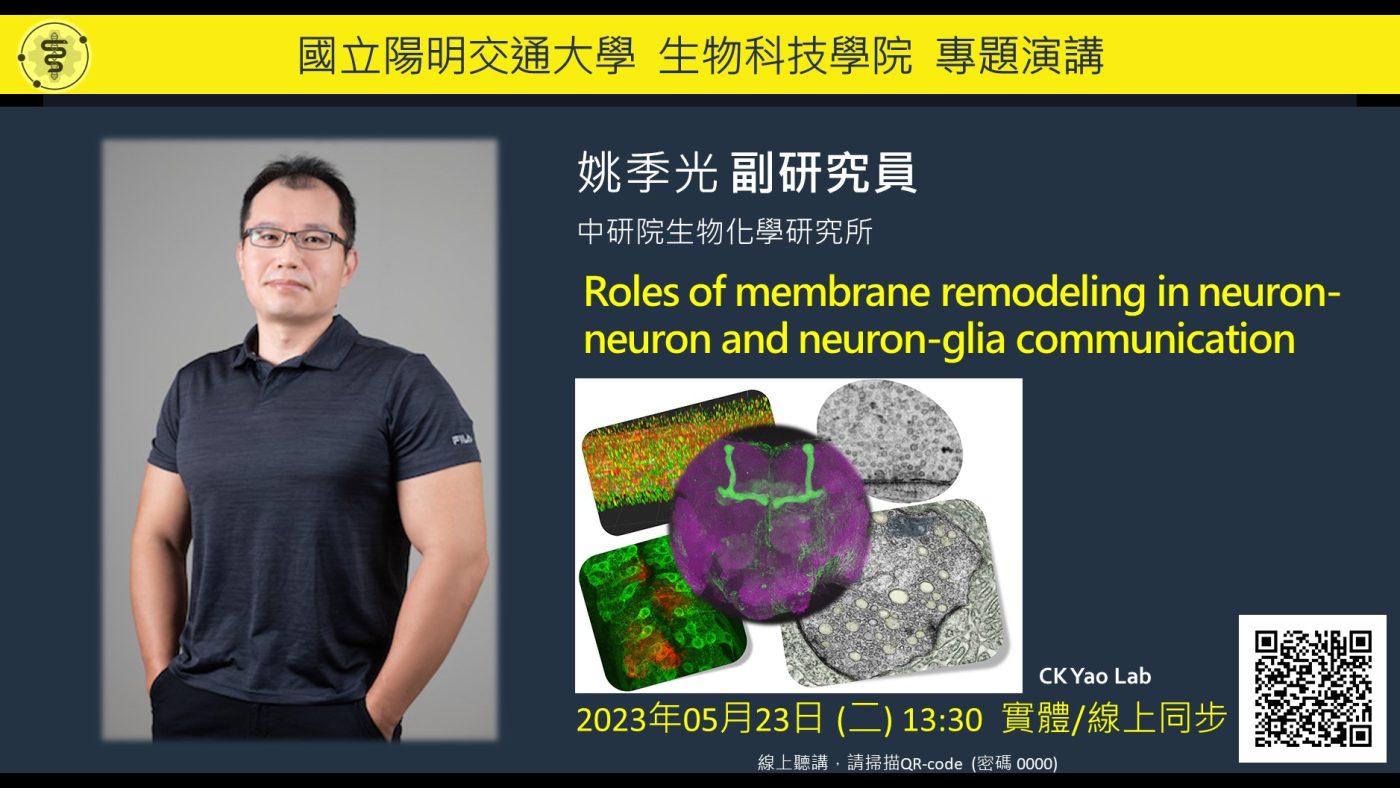林志生教授研究團隊發表研究成果於Bioengineering
連結網址:https://www.mdpi.com/2306-5354/10/5/594
Abstract
This study aimed to investigate the use of organic fertilizers instead of modified f/2 medium for Chlorella sp. cultivation, and the extracted lutein of the microalga to protect mammal cells against blue-light irradiation. The biomass productivity and lutein content of Chlorella sp. cultured in 20 g/L fertilizer medium for 6 days were 1.04 g/L/d and 4.41 mg/g, respectively. These values are approximately 1.3- and 1.4-fold higher than those achieved with the modified f/2 medium, respectively. The cost of medium per gram of microalgal biomass reduced by about 97%. The microalgal lutein content was further increased to 6.03 mg/g in 20 g/L fertilizer medium when supplemented with 20 mM urea, and the cost of medium per gram lutein reduced by about 96%. When doses of ≥1 μM microalgal lutein were used to protect mammal NIH/3T3 cells, there was a significant reduction in the levels of reactive oxygen species (ROS) produced by the cells in the following blue-light irradiation treatments. The results show that microalgal lutein produced by fertilizers with urea supplements has the potential to develop anti-blue-light oxidation products and reduce the economic challenges of microalgal biomass applied to carbon biofixation and biofuel production.


